Kunal Shah Captures the Astonishing Beauty of India’s Birdlife
All images by Kunal Shah. Used with permission. For more stories like this, subscribe to the Phoblographer.
“It’s a very tiny bird, the size of a sparrow, and I photographed him on a hill near my house in Pune,” the wildlife photographer Kunal Shah remembers of his recent encounter with a male Red Avadavat, also known as the Strawberry Finch, during the breeding season. “The name appropriately describes the bird, as the bright red color and those white spots make it look exactly like a strawberry.”
His portrait of the small songbird quickly went viral online. “To be honest, I had not expected to receive so many positive reviews on this photo,” he admits. “Here in India, the species is fairly common and arrives during the monsoons. They are usually seen in flocks, flying from tree to tree, bush to bush.”
Sadly, the strawberry finch has historically been trafficked as part of the pet trade, so Shah was grateful to witness this one in the wild, free to explore it’s natural habitat. Despite their regular presence in Pune, the photographer has never taken a Red Avadavat sighting for granted. And while he’s seen the striking, vermillion bird many times, this was the first time he felt he did it justice in a single image.
The hill near Shah’s house combines three habitats: natural scrublands, a deciduous forest plantation, and marshy wetlands. This combination makes it the perfect spot to discover an array of extraordinary species. From the Strawberry Finch to the rare Eagle-Owl and nocturnal Nightjar, Shah attributes his pictures of India’s birdlife to good luck, but he also recognizes them as the result of countless long hours in the field.
Patience and persistence have been his greatest tools. Over the years, he’s had the opportunity to photograph some of India’s most beautiful and important birds and wildlife. We asked him about his passion for birds, his interest in India’s diverse habitats, and the critical importance of practicing ethical wildlife photography.
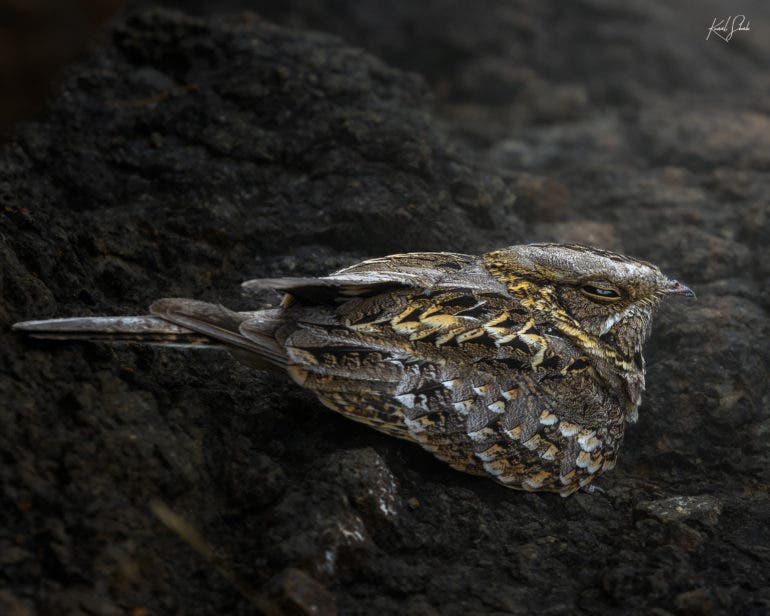
Phoblographer: You started bird-watching when you were in middle school. What are some of your earliest memories of birdlife?
Kunal Shah: One of my friends from school was into bird-watching, and it was through him that I found this interest. We used to sit on the playground during our lunch break, trying to spot some of the birds around us. My friend could identify the common birds, and he showed us how Red Vented Bulbuls are different from Red Whiskered Bulbuls.
A few days into bird-watching, I started keeping a journal to note down the names of all the birds I saw. The Black Drongo, an extremely common bird, was my first “dream bird” because of its unique double tail. They were all around me, but I just didn’t notice them. I remember how happy I was when I saw (and correctly identified) my first Black Drongo. It is the first entry in my journal.
As the years went by, I started visiting biodiversity hotspots in my city, looking for birds. In the beginning, I had a small Sony Cybershot pocket camera that I used to carry around to document the birds I saw. Three years into bird-watching, seeing how passionate I was about this, my parents bought me my first DSLR, a Canon 700D. I haven’t stopped since then.

Phoblographer: What gear do you use now?
Kunal Shah: I kept exploring and photographing the world of birds with the Canon 700D and a Canon 70-300mm lens. Often, when you visit the field looking for birds, you also come across a variety of other things: arthropods, reptiles, amphibians, mammals, etc. Initially, I hadn’t paid much attention to anything other than birds, but as I became more passionate about photography, I tried my hand at capturing all these other aspects of nature as well.
I upgraded to Canon 90D last year, and I still use the 70-300mm with it. It’s not only wildlife that I photograph now. I also do landscapes, portraits, astrophotography, macro, events, products, and everything and anything that I find interesting. I have a Canon 18-55mm kit lens and a Canon 50mm in my bag for wide-angles and portraits. I use a reverse ring and a Raynox 250 for macros.
I always have forceps and a collection box in my bag, as I love to collect things like Arthropod exuviae, remains of arthropod nests, and other such natural artifacts. I also love to dissect bird pellets and note their diets, just for fun.
“India’s birds of prey have always fascinated me because they’re huge, powerful, and charismatic. India is home to over 106 species of birds of prey; that’s 18% of birds of prey around the world.”
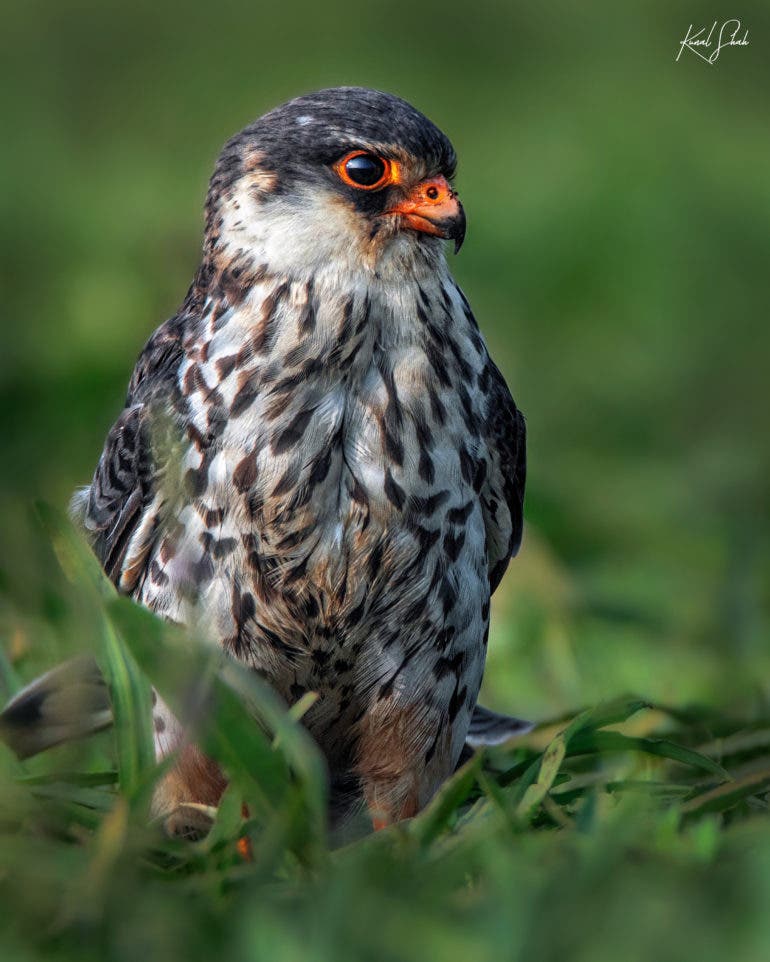
Phoblographer: What makes India’s wildlife special?
Kunal Shah: India is so rich in biodiversity because of its variety of different habitats and landforms. India has it all: snow-clad mountains, hot deserts, sandy beaches, evergreen forests, mangroves, savannas and grasslands, wetlands and marshlands, rivers and oceans. The country is also home to a wide range of endemic as well as endangered species, including the Royal Bengal Tiger. A lot of effort is being put into the conservation of these species by declaring biodiversity-rich hotspots as sanctuaries and national parks.
India’s birds of prey have always fascinated me because they’re huge, powerful, and charismatic. India is home to over 106 species of birds of prey; that’s 18% of birds of prey around the world. I hope to see and photograph all of them someday. India is also home to the highest number of wild cat species in the world: 15. I have seen three so far. Wild cats are very moody, shy, and elusive creatures, and it’s not easy to spot them. But I love a good challenge, and it’s going to be fun to find them all.
Phoblographer: What is one of the most elusive bird species you’ve photographed?
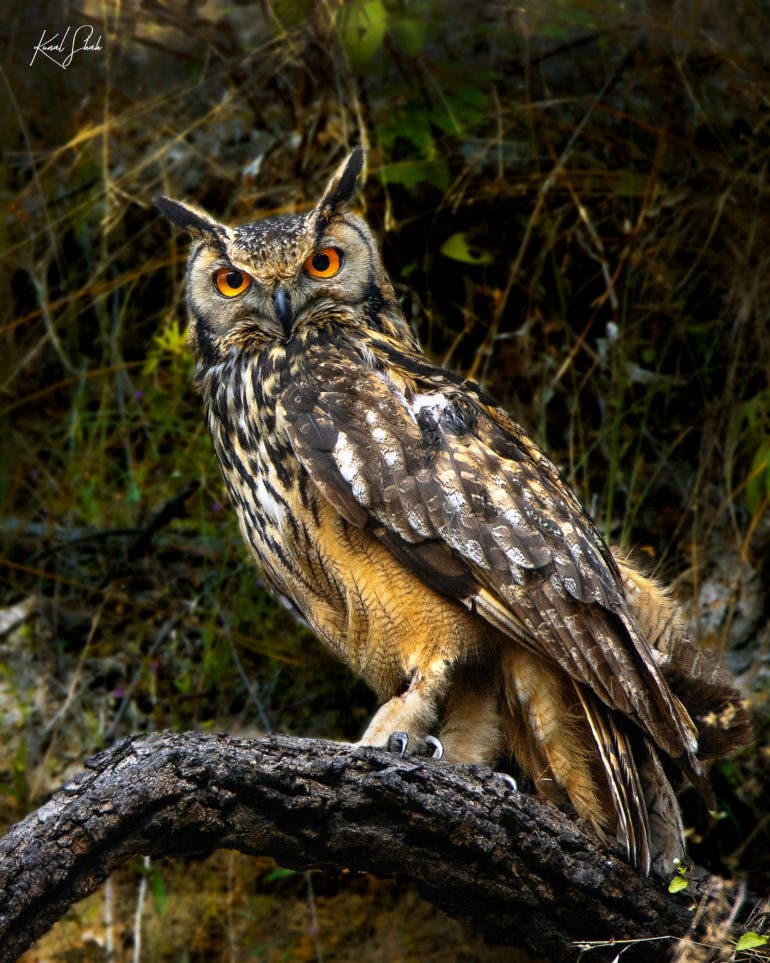
Kunal Shah: One of my favorite birds has been the Indian Eagle-Owl, a huge horned owl species found on the Indian subcontinent. I started bird-watching in hopes of seeing one on a hill barely ten minutes from my house. They are quite rare, especially in an urban city like Pune.
When I first started birdwatching, I used to see photos of the Eagle-Owl in the area, but I never found one myself. I searched for them for many years with no luck, and I finally had to give up this childhood dream of seeing the Eagle-Owl on the hill. A few more years went by, and one fine day, I just decided to look for one at a small abandoned stone quarry covered with vegetation.
In spite of its huge size, an Indian Eagle-Owl’s camouflage is mind-blowing. The rocky cliffs of this quarry would be a perfect spot for one to hide. I scanned the cliffs over and over again for around 30 minutes before deciding to move on. Just as I was about to leave, something caught my attention. To my surprise, it was an Indian Eagle-Owl dozing off in a small crevice in the rocks. It was a moment I had waited for years to witness.
After another 30 minutes or so, the huge owl took off and landed on a branch as I watched. Initially, when I started looking for these birds, I didn’t know much about their behavior, lifestyle, and habitat, but I gained that knowledge and experience over the years. I believe that’s what helped me find him. It was a moment I can never forget.
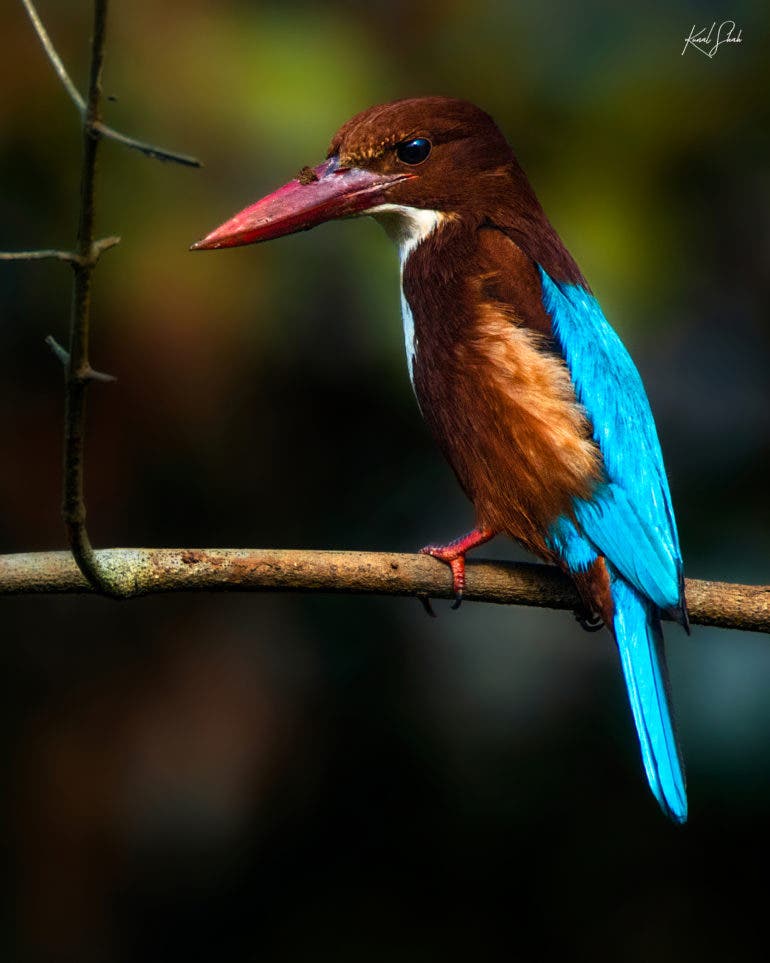
Phoblographer: What ethical rules do you follow when photographing wildlife?
Kunal Shah: Ethics are of the utmost importance when interacting with wildlife. I am a strong follower of ethical wildlife photography guidelines, and I always encourage others to follow them as well. When we watch and photograph wildlife, it’s our duty to ensure that our movements don’t cause any disturbance or damage to the animals or their habitats.
I have come across a variety of instances of malpractice that some people resort to just to get a few “good” photographs. Some of them include luring wildlife by giving them food or playing recordings of mating calls to attract birds. Others include getting so close to wildlife that it disturbs their daily activities, using powerful flashguns to photograph nocturnal life, or simply not caring about the habitat. All of these practices are very dangerous for wildlife.
Feeding wild animals can cause them various health problems and lead to the loss of their natural hunting instincts. It can also result in a huge imbalance in their natural populations. Luring wildlife by playing their mating calls can result in the birds not responding to real mating calls in the future.
Powerful flashguns can affect the eyesight of nocturnal wildlife; not respecting their habitats and getting too close can affect the entire ecosystem. All these things happen over a period of time, and there are some very real examples of their negative effects. The priority should always be the well-being of nature and wildlife over getting good photographs.

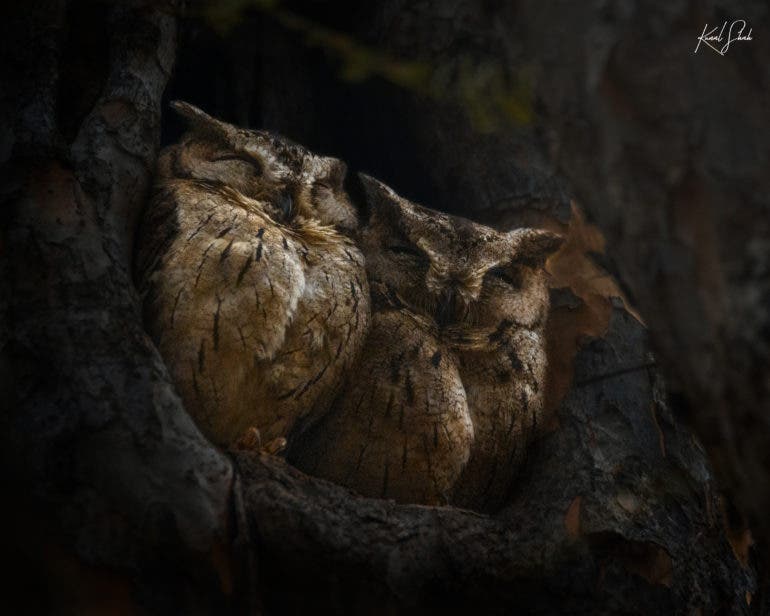
Phoblographer: Are any of the bird species you’ve photographed threatened by human activity?
Kunal Shah: Savannas are my favorite habitats to explore for wildlife, with one of the main reasons being that the region where I live is predominantly a savanna. I have photographed a variety of savanna wildlife over the years, right from the small arthropods, reptiles, and birds to larger mammals.
Like forests, savannas are unique ecosystems that support an abundance of life. However, wildlife in savannas is not as apparent to the human eye. Scrublands and grasslands have a very low density of trees, most of them being short and thorny. They are grassy landscapes with short shrubs and bare rocks. The wildlife here has adapted to this open ecosystem in a very special way: camouflage! These animals are so well camouflaged in their environment that a passer-by wouldn’t even notice them.
For these reasons, there is a dangerous sentiment attached to these open ecosystems. They are considered to be barren because of the absence of tall trees and apparent life. Over the years, a large portion of the scrublands and grasslands of India has been given away for urbanization or converted to farmlands, settlements, dumping grounds, or mining spots.
Most of these activities are controlled by major institutions; however, there is another rising threat that these habitats are facing: tree plantation. The government and citizens collectively have undertaken an initiative of planting thousands of trees on these open scrublands to convert them into green forests. This is dangerous for the habitat as well as its inhabitants. Like the wildlife of the forest cannot survive away from the forest, savanna wildlife cannot survive away from the savanna.
Many savanna species are already facing the ill effects of habitat loss, the most prominent one being the Great Indian Bustard, a critically endangered savanna bird with only a few hundred birds living in the wild. Recognizing savannas as important habitats, like forests, and declaring them as protected biodiversity zones is the need of the hour, from the government as well as the citizens.

Phoblographer: Have you visited any sanctuaries working to protect India’s habitats?
Kunal Shah: Most of my wildlife outings are usually outside of protected sanctuaries: places like hills, scrublands, and wooded savannas around Pune city. It is absolutely amazing that so much biodiversity exists in such an urban city like Pune, and almost all of this biodiversity exists outside of protected sanctuaries. This is the case all over the country. While wildlife reserves and sanctuaries are rich in biodiversity, a lot of wildlife is seen outside of these protected regions.
Central India has some of the most famous wildlife sanctuaries, tiger reserves, and national parks in India. I haven’t visited many sanctuaries yet, but some of the sanctuaries that I have visited are Navegaon Nagzira Tiger Reserve, Tadoba Andhari Tiger Reserve, Pench National Park, and Bandhavgarh National Park, all in Central India.
Wildlife tourism is huge in India. In fact, tourism is one of the main factors that has ensured the well-being of these protected reserves. In almost all of the wildlife sanctuaries in India, the Forest Department has created safari routes for tourism. Only 20% of the entire sanctuary is open to tourists. It’s an amazing and very raw experience to explore these sanctuaries. These reserves offer protection to some of the most endangered flora and fauna of the country. The Forest Department works very hard to ensure that the wildlife is safe from poachers and that everything runs smoothly.


Phoblographer: Why is it important to you to share the stories behind your photos, in addition to the images themselves?
Kunal Shah: I started off with an interest in photography, but over the years, I discovered my interest in writing as well. I love to narrate my experiences, tell stories, and describe the scene for my audience. I want them to visualize it as if they themselves are experiencing it through my eyes. With this newfound passion, I started my own Nature and Wildlife blog, where I write about anything and everything that interests me: my travels, my experiences, some memorable incidents from the field, or citizen science in simple words.
Wanting to tell these stories beyond just photos and text, I ultimately ventured into the world of filmmaking. I started making travel videos, b-rolls, short films, and wildlife documentaries that I post on my YouTube channel. In fact, one of my wildlife films is currently doing rounds at various international film festivals throughout the world. It’s about a group of lizards found only in the Indian Subcontinent, the Fan Throated Lizard.
One species of the Fan Throated Lizard, the Deccan Fan Throated Lizard, is found in Pune city. The males have colorful fans on their necks that they flash to attract the females during their mating season in summer. It’s really fascinating to watch and photograph their courtship ritual. These are highly territorial lizards, and the males can fight with each other to the death in order to win the females. I realized that no one has ever made a film about this magnificent species and wanted to share their story.

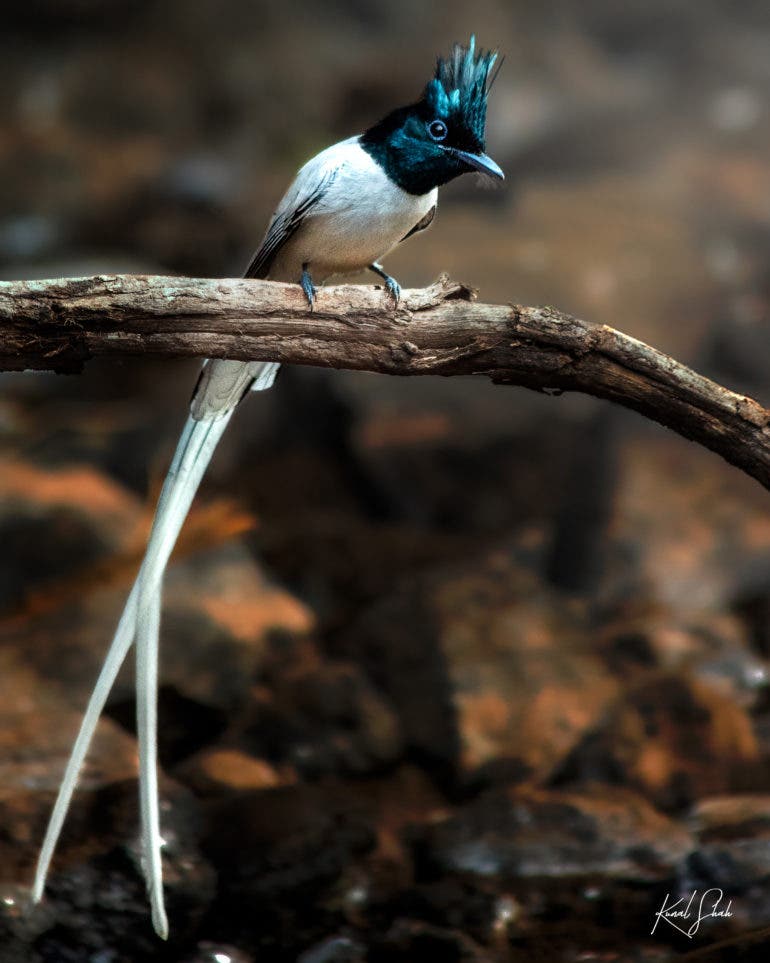
Phoblographer: What advice would you give to emerging photographers and conservation advocates who want to document birdlife in their city?
Kunal Shah: My first piece of advice is just to get out there and start documenting everything that you see. Go into the field, observe the different flora and fauna in your surroundings, and then come home and do the research about what you just observed. This will help you to get started.
Buy a local field guide about birds, mammals, plants, and insects–whatever you’re interested in–and try to identify the different species around you. Join a local wildlife community, hang out with like-minded people, connect with experts over social media. All this goes a long way and will definitely lead you in the right direction.
For young photographers, my number one tip would be to click as many pictures as you can of your subjects from different angles, with different camera settings, and then try editing them in different ways. Experimentation is the key to learning. This is what I did, and it’s what I still do.
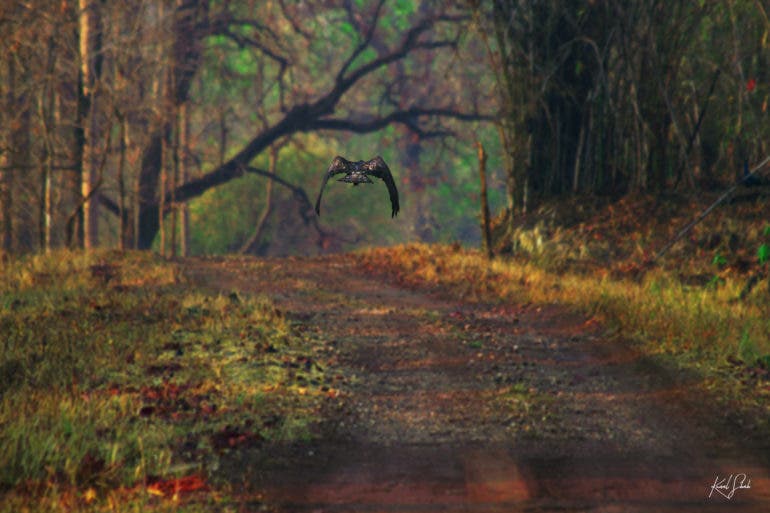
You can stay up-to-date on Kunal Shah’s work and read more of his stories by following his nature and wildlife blog. Follow him on Instagram at ks_wild and on YouTube at ks_wild. Visit his website here.